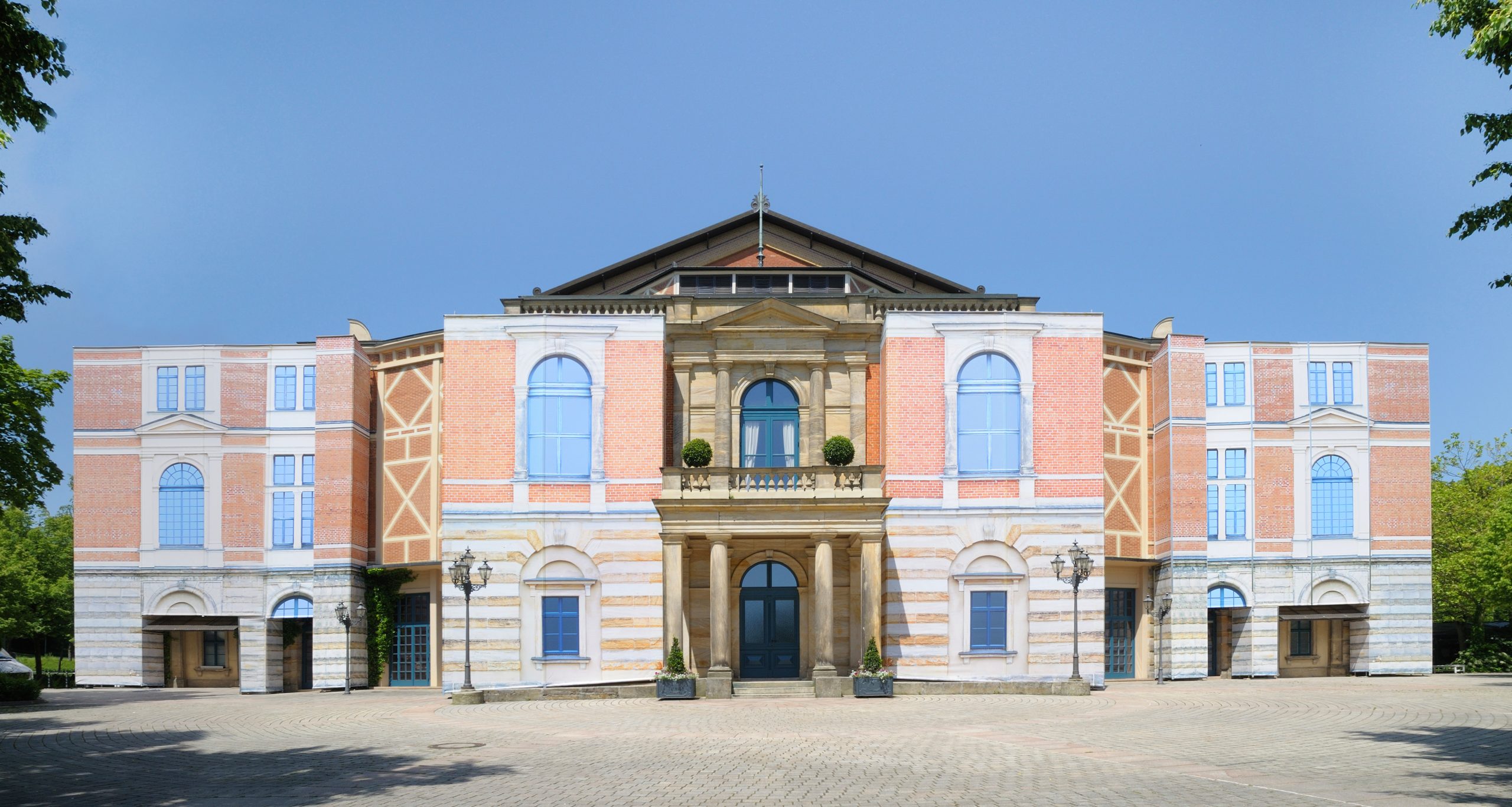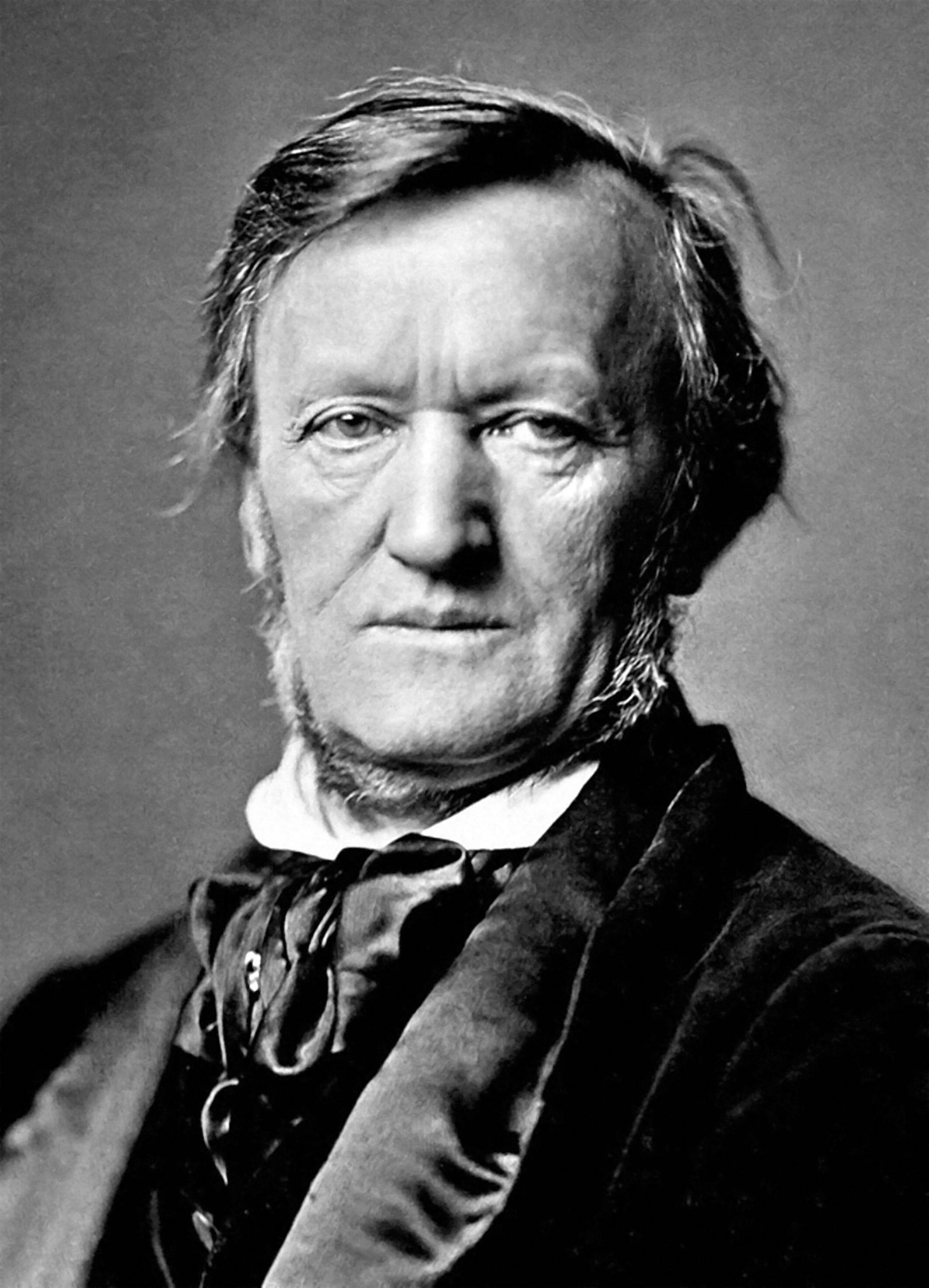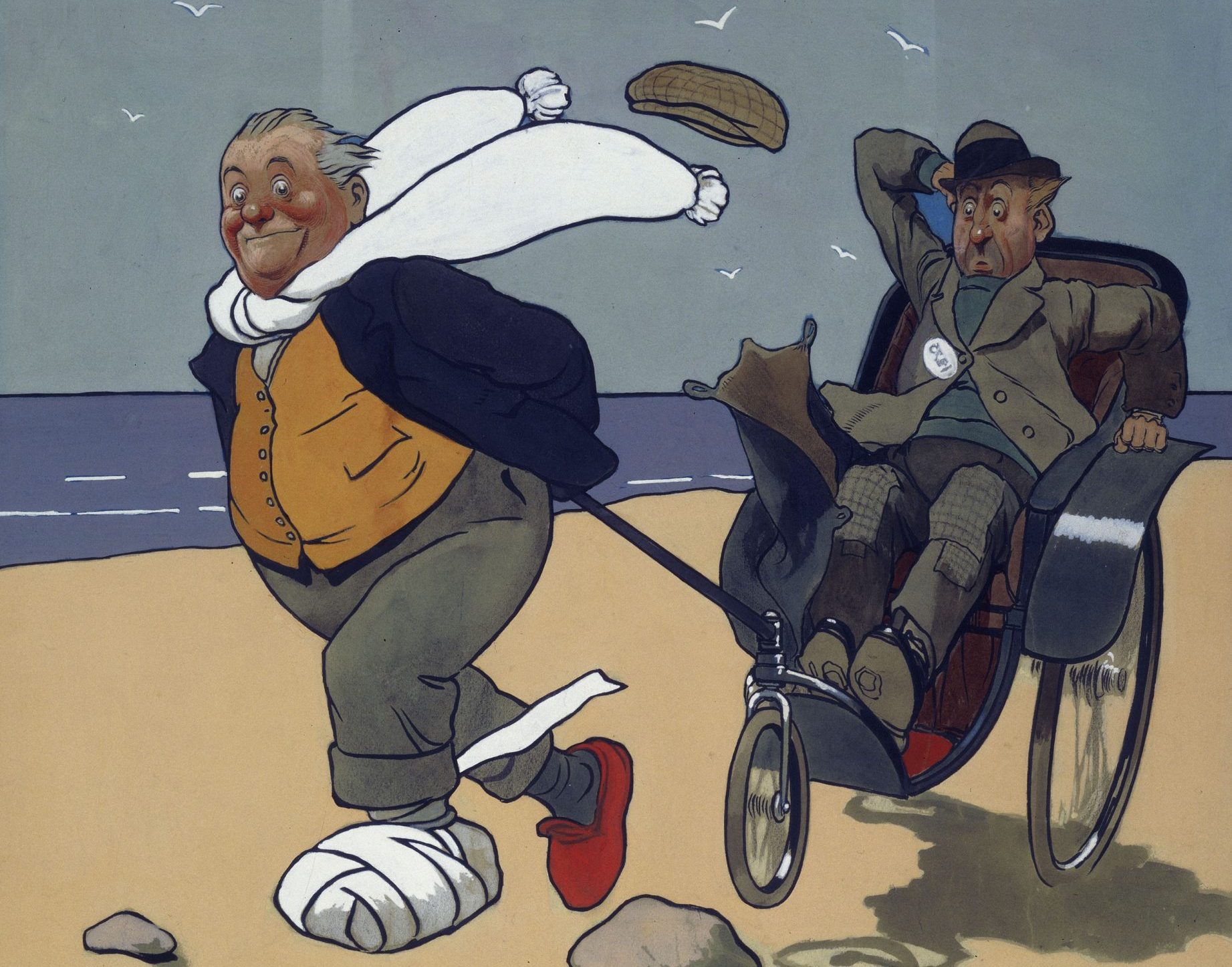In Focus: Richard Wagner's five-hour operas — 'Singers are like athletes doing long-distance competitions. You get to the point where you’ve reached your physical limits'
Wagner’s stamina-testing operas inspire both passion and dread and the adjective Wagnerian is associated with scale and intensity. Henrietta Bredin acts as a guide for the nervous.


Richard Wagner was both loved and loathed in his lifetime and his music has been received in similarly polarised fashion ever since. People tend not to react mildly to his outpourings: last year, the Brighton Argus ran a headline screaming ‘Wagner made our lives hell’ when a family complained bitterly about their neighbour playing Tristan und Isolde.
Admittedly, any music, from Beethoven to Bananarama, played loudly and at antisocial hours, could prove unpopular, but Wagner does have a way of inspiring either passionate devotion or violent antipathy.
As a personality he was overwhelming; he demanded the impossible of himself and of others, he had a vast and voracious intellect, a tumultuous sex life, lavish spending habits and enormous debts, towering ambition and was, as he put it himself, ‘the personification of energy’.
With the sketchiest of formal musical training he nonetheless revolutionised the art of composition, putting music firmly at the service of drama, which to him was paramount. He was as much a writer as a composer, an extraordinary teller of stories and remaker of myths. His operas combined spectacular action sequences with acute psychological characterisation.
The operatic form was not as capacious as he needed it to be, so he made it anew, reinventing the form altogether. As a result, his operas — few of them actually commissioned or paid for in advance — were on such an unprecedented scale that they were unable to fit into any existing theatres. He therefore built a theatre, in Bayreuth in southern Germany, for the exclusive performance of his own works.

Wagner, who wrote the texts for all his operas himself, has been written about more than any other composer.
Even when he was still alive, the philosopher Friedrich Nietzsche (who first worshipped and later abhorred him) was analysing the effects of his work in The Birth of Tragedy; the psychiatrist Theodor Puschmann published a pamphlet describing him as a monomaniac psychopath. Baudelaire, on hearing the overture to Tannhäuser, declared that the music expressed ‘all that lies most deeply hidden in the heart of man’ and the Norwegian poet Bjørnstjerne Bjørnson wrote to his friend the composer Edvard Grieg after first experiencing Tristan und Isolde that it was ‘seasick music that destroys all sense of structure in its quest for tonal colour... the most enormous depravity I have ever seen or heard, but in its own crazy way so overwhelming that one is deadened by it, as by a drug’.
Exquisite houses, the beauty of Nature, and how to get the most from your life, straight to your inbox.
Notoriously, those in power have fallen under the Wagnerian spell, from Ludwig II of Bavaria, who poured money into his projects, to Hitler, who adored the operas, attended as many performances at Bayreuth as he could and is reported to have said that ‘I recognise in Wagner my only predecessor... I regard him as a supreme prophetic figure’.
Stalin approved him when the Soviet Union signed the 1939 Treaty of Non-Aggression with Germany and ordered the film-maker Sergei Eisenstein to direct a new production of Die Walküre at the Bolshoi. That approval was abruptly withdrawn a mere two years later when Hitler invaded Russia — Wagner was declared an evil Fascist.
Most of Wagner’s operas are, undeniably, dauntingly long. Stamina is required, for audience members and performers alike, and he seems to inspire length in others.
When Simon Callow devised his one-man show Inside Wagner’s Head, commissioned by the Royal Opera House, he discovered that he ‘couldn’t bear to leave anything out’.
‘The text that I read out on the first day of rehearsals lasted four hours. People came and went, had lunch, returned, and came back to find me still droning on.’ He cut, refined and distilled (a whole hour was sliced overnight after the first preview) and a fascinating show emerged.
Not only did Wagner create an entirely new operatic form to allow for his vaulting creative ambitions, he also demanded a new sort of operatic voice.
Wagnerian singers are a special breed. Stuart Skelton is one of today’s great Heldentenors, or heroic tenors, a type of singer that developed to meet the demands of Wagner’s music.
As he puts it, talking to The Guardian before his appearance at this year’s Last Night of the Proms: ‘You have to have enough noise to come over a full orchestra for four or five hours. Singers are like athletes doing long-distance competitions. You get to the point where you’ve reached your physical limits. You hit the wall. Then it’s a mental game of trying to dig deep into your technical resources to keep going.’

For the reluctant or nervous would-be Wagnerian, there are ways to make the attempt less fearsome. For a start, the stories are thrilling and brilliantly told.
He made free with Norse myths to create his own versions, but retellings of those myths in collections by Kevin Crossley-Holland or Neil Gaiman are a good way of delving into that mist-wreathed world of gods and giants, dragons and flying horses.
Wagner himself made things easier by developing his system of Leitmotifs (not that he gave them that name). These musical themes relate to specific characters, situations and objects. They recur throughout the Ring cycle and are an extraordinarily vivid set of aural signposts.
Once your ear is attuned to them, they have the most illuminating effect, always recognisable, but never repeated identically. As the composer and conductor Pierre Boulez put it: ‘They are essential to the structure of both music and drama as well as to the different characters and situations. Their evolution is a kind of “time-weave”, an integrating of past and present.’
Try reading Wagner’s letters or the diaries of his wife, Cosima, for an intimate if undeniably biased view of the man and his world. Then there’s Magic Fire, a lavishly opulent filmdirectedbyWilliamDieterlein1955, starring Alan Badel as Wagner, which makes extensive use of the music, lushly arranged by Erich Korngold.
Tony Palmer conceived the idea of Wagner as a feature film, which originally lasted for seven hours and 46 minutes. He later released it as a 10-episode television series (nine hours altogether), with Richard Burton in the title role, Vanessa Redgrave as Cosima and a magnificent line-up of John Gielgud, Ralph Richardson and Laurence Olivier as ministers to King Ludwig. The locations are breathtaking, including Ludwig’s castles of Herrenchiemsee and Neuschwanstein.
Wagner’s operas don’t sit well with lockdowns; now, audiences and opera companies are champing at the bit to return to grand spectacle and the bigger scale.
English National Opera’s production of ‘The Valkyrie’ runs from November 19 to December 10 (www.eno.org); The Royal Opera House is staging ‘Lohengrin’ next year (April 19–May 14, 2022; booking opens February 22, 2022; www.roh.org.uk); Loughborough Festival Opera is livestreaming ‘Die Walküre’ now and staging ‘Siegfried’ at next year’s festival (public booking opens in March)

Credit: Getty Images
In Focus: John Hassall's iconic travel posters
The works of British poster king John Hassall remain a breath of fresh seaside air, says Lucinda Gosling.

Credit: Alamy Stock Photo
In Focus: Bernardo Bellotto, the Canaletto of the North
Being the nephew of Antonio Canaletto was both a blessing and a curse for Bernardo Bellotto, whose brooding landscapes eventually

In Focus: Why the eerie thrives in art and culture
The tradition of ‘eerie’ literature and art, invoking fear, unease and dread, has flourished in the shadows of British landscape
Country Life is unlike any other magazine: the only glossy weekly on the newsstand and the only magazine that has been guest-edited by His Majesty The King not once, but twice. It is a celebration of modern rural life and all its diverse joys and pleasures — that was first published in Queen Victoria's Diamond Jubilee year. Our eclectic mixture of witty and informative content — from the most up-to-date property news and commentary and a coveted glimpse inside some of the UK's best houses and gardens, to gardening, the arts and interior design, written by experts in their field — still cannot be found in print or online, anywhere else.
